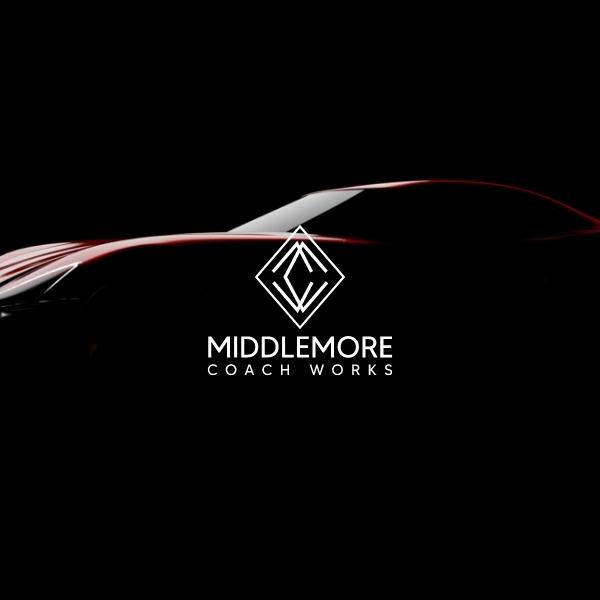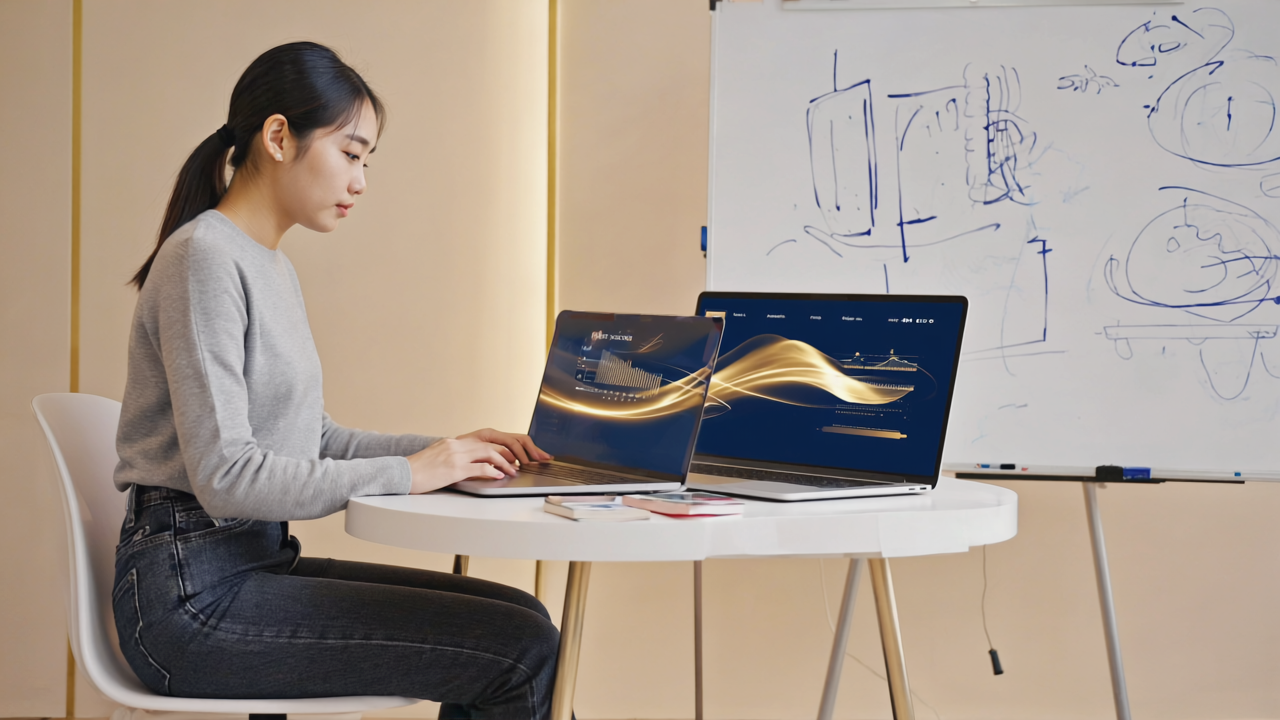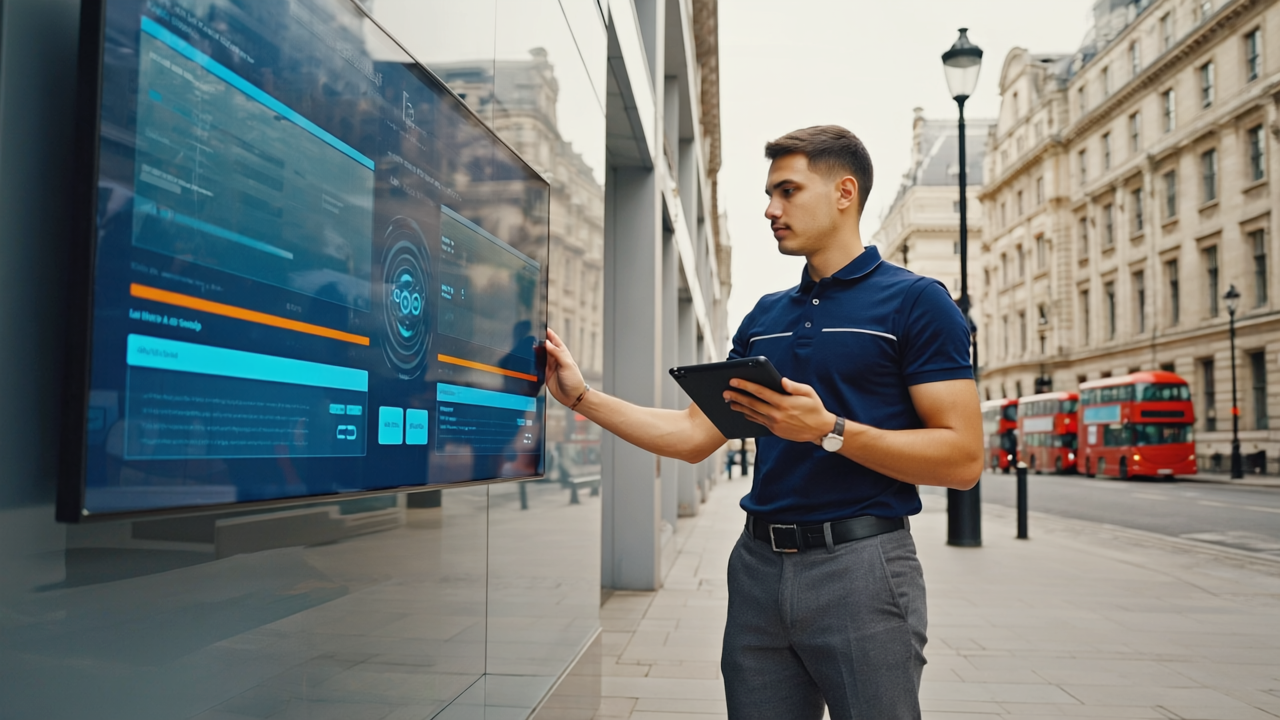10 Years on, are Apple still ‘Changing Everything?’
On Tuesday the 12th of September, 2017, Apple once again turned heads at an event in Cupertino, California with three new models of iPhones: The iPhone 8, 8 Plus, and the iPhone X (or 10, if Roman numerals aren’t your thing). They announced a release date of the 3rd of November, so here are some highlights of the presentation to get you up to speed:
- The iPhone X is priced at £999 for the 64GB model, and £1149 for the 256GB model, making it the most expensive iPhone model in Apple’s history, excluding the third-party gold-plated versions. Interestingly, this is more than double the price of the original iPhone, which debuted at $499 for a 4GB model.
- The phone uses new OLED technology instead of the previous LCD screens, as they are designed to be thinner and lighter, whilst having better colour accuracy and contrast than LCD screens.
- The iPhone X has a so-called edge-to-edge display – much like the Samsung Galaxy S7 and S8 – that occupies the entire front face, and no borders around the screen. Gone too, is the iconic ‘home’ button that used to take pride of place below the screen.
- While the iPhone X has dominated the presentation, and the attention of many reporters, the iPhone 8 and marginally larger 8 Plus deserve some attention too. Both models include “the most durable glass ever in a smart phone” and the A11 Bionic microchip, which is “the most powerful and smartest chip ever in a smart phone” to quote Apple’s official video advert.
- Also of note is the new facial recognition software, which allows users to “unlock [their phone] with a look.” This will likely see many confused faces looking for the home button, which worked flawlessly for 10 years on older models.
The iPhone X Puts Your Money Where Your Mouth is
The new facial recognition software has several other uses, such as the ‘Animoji’ feature, which allows users to transfer their facial expressions to Apple’s extensive emoji catalogue, provided the emoji has a face. This feature was showcased with actors – and monkey, fox, unicorn, and poop emoji’s – lip-syncing to “Best Friend” by Sofi Tukker.
The software appears to be quite robust, as the Apple advert demonstrates the feature on a diverse cast of actors – several Asian women, some African women, and a heavily freckled mixed-race man – which other software has struggled with in the past. For example, Canon’s facial recognition software – implemented on some cameras, like the Nikon Coolpix S630 – came under fire in 2010, as some Asian customers reported “did someone blink?” on their photos.
But of greater importance is the fact that this technology is integrated into Apple Pay, allowing users to “pay with your face” instead of a password. This could be a great cause for concern, as many security experts and economists have highlighted the vulnerability of Apple Pay in the past. Only time will tell if hackers and fraudsters can fool the new facial recognition software.
Apple’s detractors will also take issue with the constant presence of a facial recognition-equipped camera, as web-cams and other cameras have been hacked in the past, leading to potentially constant surveillance.
A 10-Year-High for iPhone Prices
During the keynotes speech, the iPhone X was set to cost consumers a hefty $999, the iPhone 8 will cost $699, and the 8 Plus will cost $799. With such high price tags, Apple have set the bar high, and must work hard to meet expectations.
Apple quickly moved to defend the price, and claim that the iPhone X will define a new era for the smartphone, despite offering no new features: OLED screens are gaining popularity with a variety of other smart phone manufacturers, and Samsung has been using facial recognition – admittedly an inferior version – for years, while camera effects and augmented reality are continuously being developed by a variety of companies.
Apple CEO Timothy D. Cook, claims the iPhone X will “set the path for the next decade”, much like the original iPhone. However, the innovation of Steve Jobs has been replaced by unimaginative iteration. While the new models are a significant step up from previous offerings, they are a far cry from the massive leap forward the original iPhone represented. The infrared facial recognition, wireless charging and sophisticated camera effects will likely be imitated elsewhere, and feature on the next iPhone models.
Analysts predict a slow uptake of the iPhone X – due to possible production delays and the high price – but if it turns out to be a surprise hit like the iPhone 6 and 7 Plus, the company’s sales and shares will soar. However, Apple’s share went down more than 1% after the event, potentially due to on-stage difficulties with the iPhone X.
Is Apple on The Leading Edge, or Falling Behind?
For the first new design in three years, Apple decided to shake things up, but not too much. Claiming that it will be the blueprint for “the future of the smartphone”, the display has been stretched across the screen, and the ‘home’ button is nowhere to be seen. The iPhone X is the same size and overall shape as the iPhone 7, but the screen is much larger than older models’ due to taking up the entirety of the front face. The OLED screen is new for Apple, though many competitors had smartphones with OLED screens long before the announcement.
Now that the home button is gone, how would you navigate between apps and the home screen? By swiping: to go home, users swipe up from the bottom of the screen, and swipe up then pause to see the multitasking pane. To unlock the phone, you just look at the screen – the new facial recognition software replaces Apple’s Touch ID that Apple calls Face ID on the iPhone X. It’s uncertain how reliable this feature is, as it embarrassingly failed during the live demonstration.
This new alteration may put off some long-term Apple fans, as they have used essentially the same interface for the previous 10 years of iPhones, for better, and for worse. Swiping is easy, but less so than a simple button, so it may throw people off at first.
Read My Lips – Infrared Face Scans
One brand new feature – never before seen on an iPhone – is infrared facial scanning. The new tech, called Face ID by Apple, uses a front-mounted infrared camera to scan the contours and shapes of users’ heads to unlock the phone and authorise mobile payments. Much like radar, it works by ‘spraying’ an object with infrared dots which are measured when they collide with a solid object, like a person’s face. The system then ‘stitches’ the patterns of dots into a detailed 3-D image to verify users’ identity.
This feature has been years in the making, as Apple acquired PrimeSense – which developed sensors for Microsoft’s Kinect – for their motion capture experience in 2013. However, many see Apple’s Face ID as a direct response to Samsung’s facial recognition software, which is less capable of perceiving the depth and distance of subjects, if Apple’s advertising is to be believed.
Finally, an End to the Cable Confusion!
The new phones have a six-core processor that can handle more complex tasks and 3D games quicker and more efficiently, say Apple. The phones are still roughly the same size and shape as the iPhone 7 and 7 Plus, except for their hardened glass bodies, however
The cameras have also received an upgrade, as they have new motion sensors to better support augmented reality apps. In particular, the dual cameras of the iPhone 8 Plus are able to keep sharp details even in low-light photos. Apple’s new portrait mode improves lighting on faces, whatever the background and lighting.
Another feature that should put an end to the cable confusion once and for all is the inclusion of magnetic-induction charging for the new iPhone 8, 8 Plus and X. Like the Apple Watch, they can now be charged by placing them on a charging pad. It is currently uncertain whether Apple supply a charging pad with the iPhones, or if they might be compatible with third-party charging pads.
Leave Your Phone– the Apple Watch Now Works Alone
While early reviews were mixed, the Apple Watch is now the best-selling watch in the world according to their figures, making it a huge sleeper hit. The third version of the watch now has a much-wanted feature: It now comes with a cellular chip, meaning that it no longer needs to be used in conjunction with your iPhone, despite looking the same.
You can now make calls, send texts and stream music on the go. “Now you have the freedom to go anywhere with just the Apple Watch,” said Apple Chief Operating Officer Jeff Williams. This new cellular version may be able to liberate you, in some small way, from Apple’s best-selling phone,
Of course, this may be a slightly risky strategy, as Apple doesn’t want to distract from the golden goose of the iPhone, but the new watch will likely remain a pricy accessory for the iPhone. The new cellular version sells for $399, and a wifi-only version is available for $329, while the older model is still on sale for $249. The new watch will begin to ship on the 22nd of September.
That’s the main points of Apple’s Cupertino presentation – three new phones, and a watch that now double as a phone. What do you think to the new tech in the iPhone X? Are you excited to use the new ‘Animojis’ or are you hesitant to cough up the £999?



















